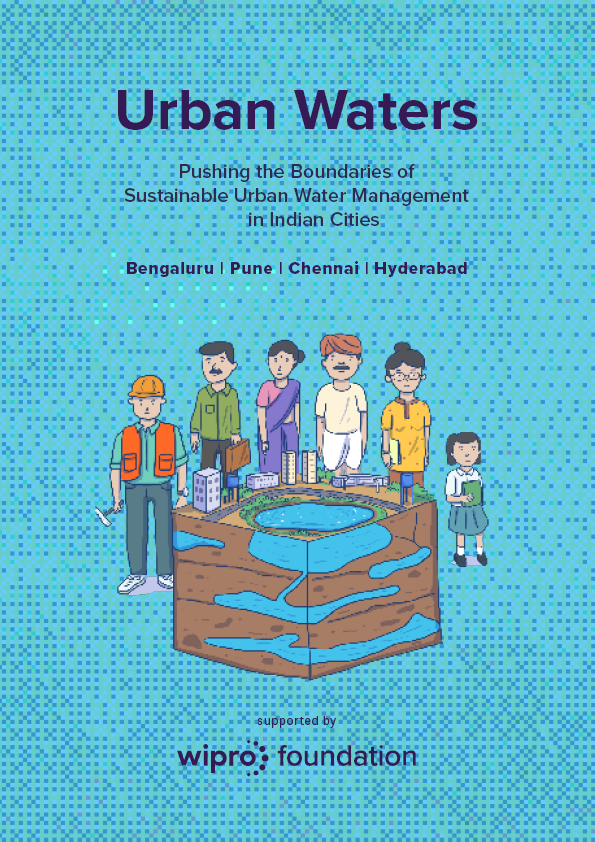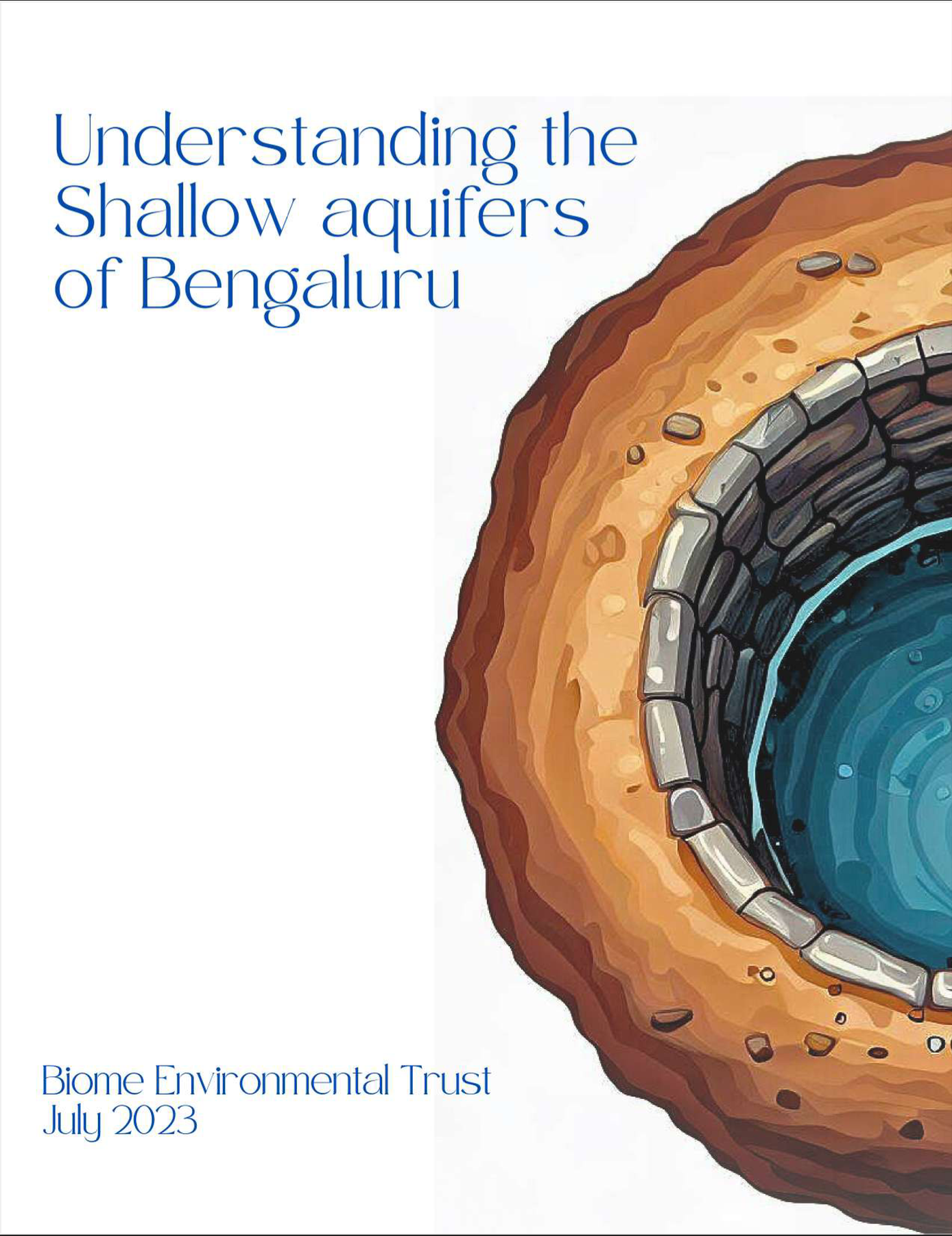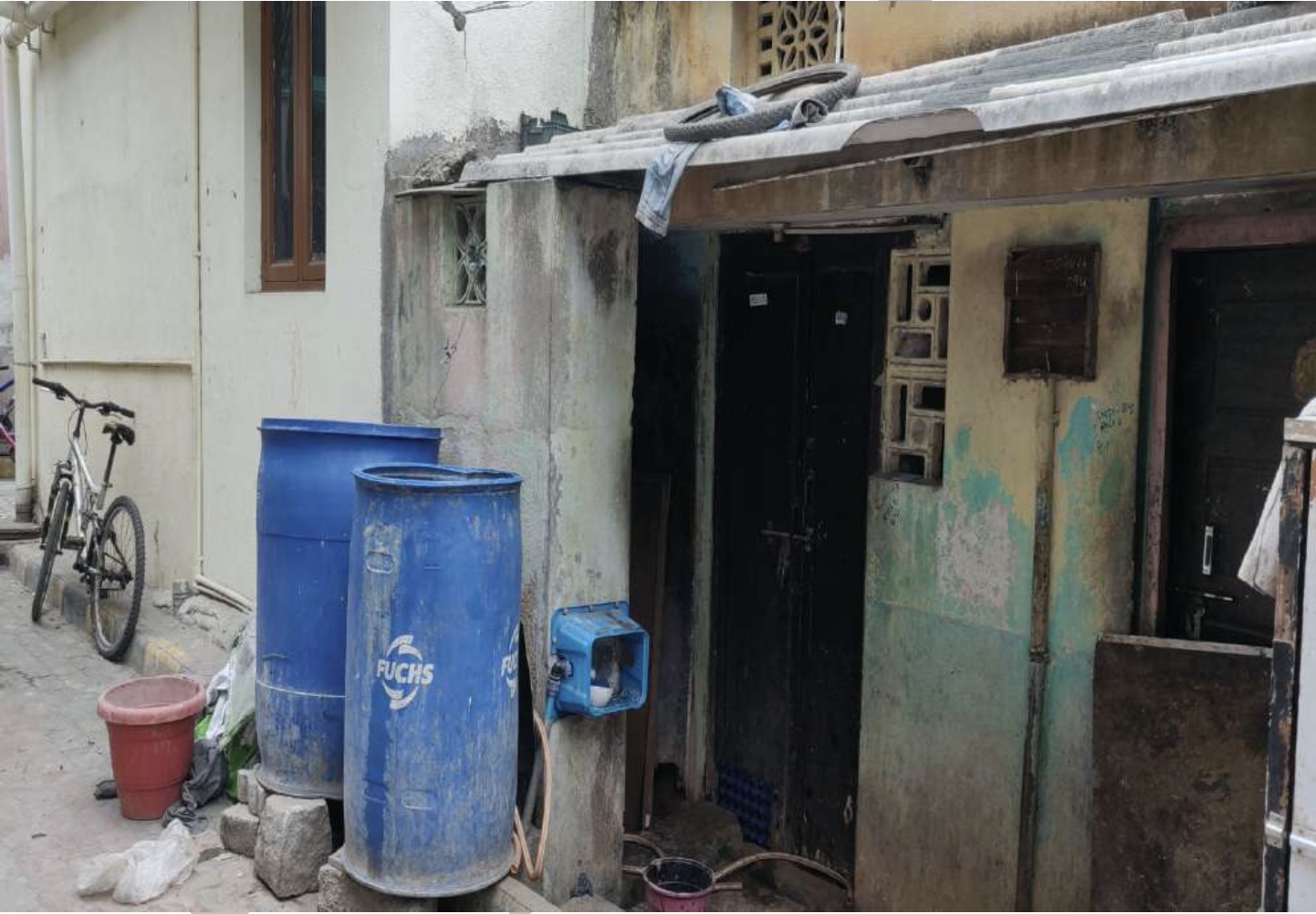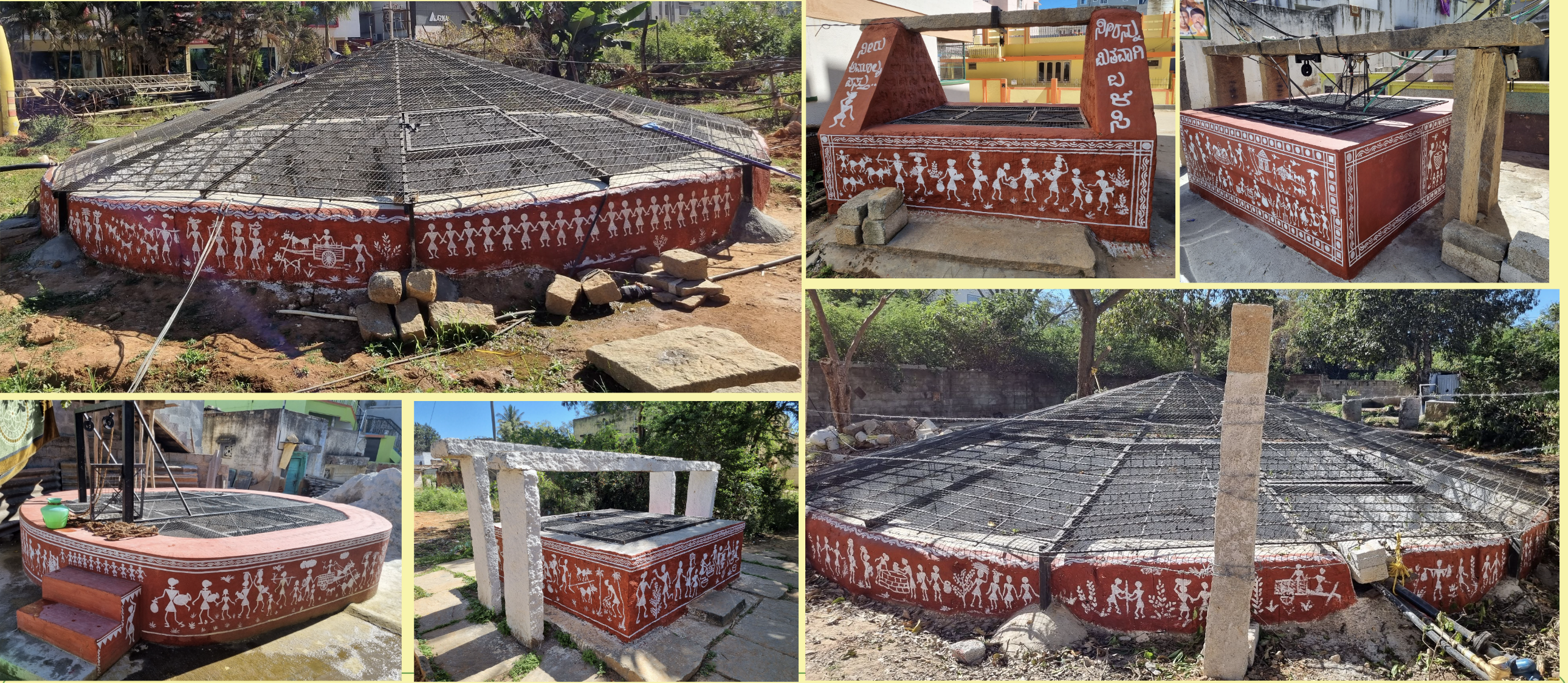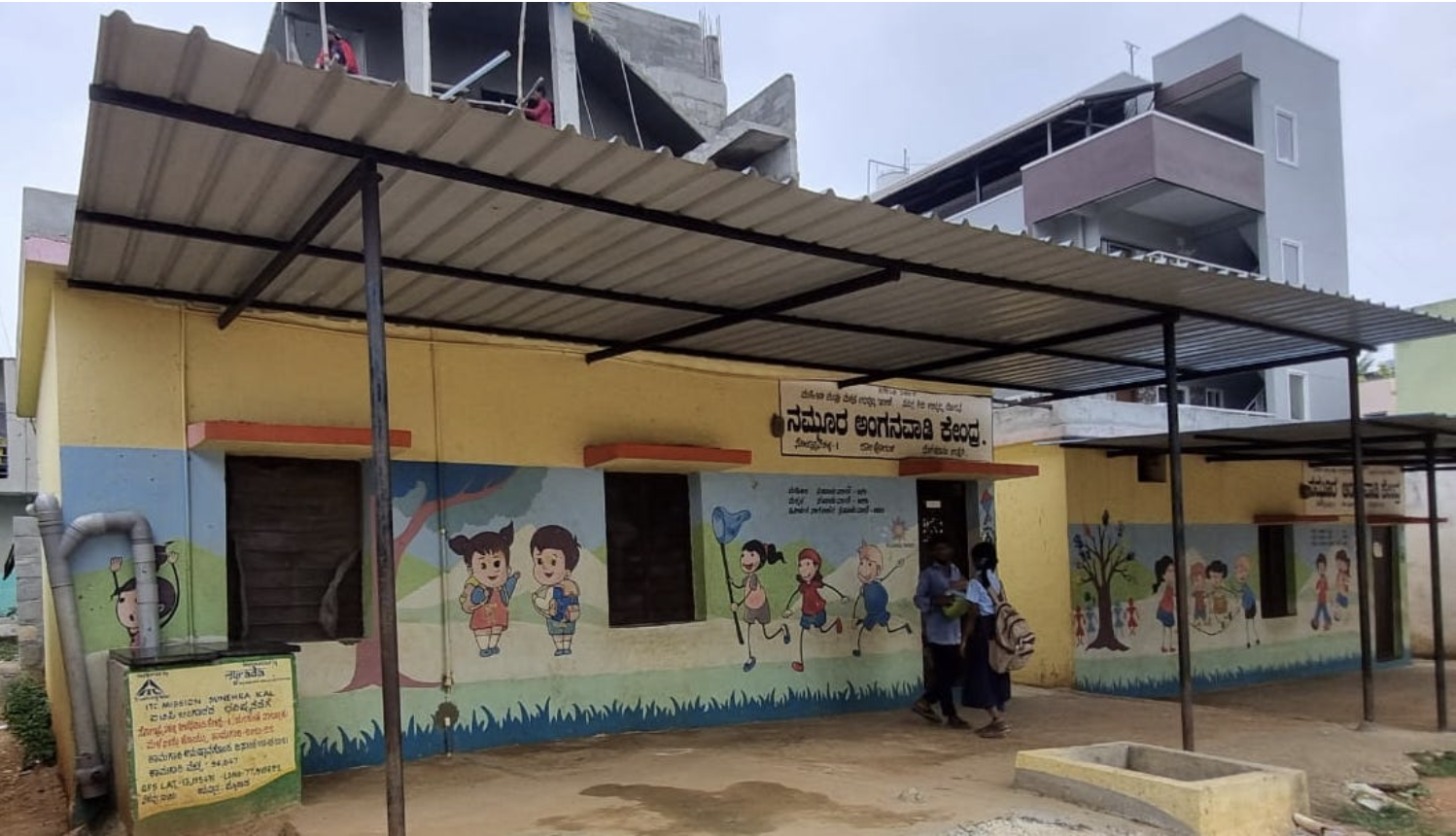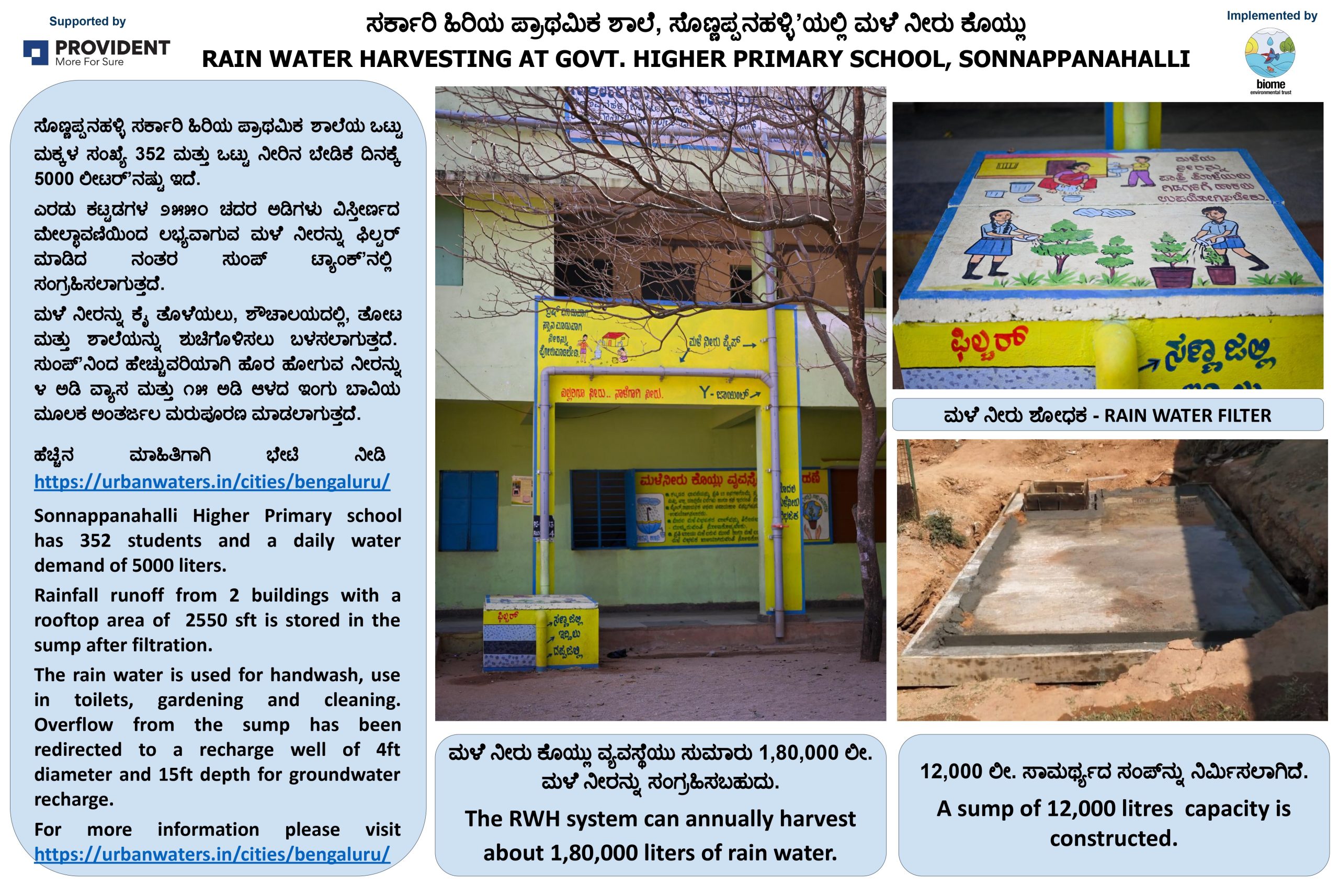Managing Demand 2: How to meter and set tariffs
In most cities, municipal water utilities do not charge for the true cost of water – you may have noticed this when you look at a BWSSB water bill, water appears to be very cheap. The price we pay as citizens with access to municipal water, is low when compared to what the utilities actually bear as their cost for water and this is because prices are deliberately kept low to ensure that this precious resource is available and affordable to all. Utilities are responsible for delivering clean water to the city, and their costs include everything from building infrastructure to collect water such as dams and reservoirs, treating water from the source, laying miles of pipe to supply it to the city, to maintaining this system so that it runs efficiently and effectively.
If you live in an apartment or a residential layout that does not get municipal water supply, chances are, you pay more for water. Communities that do not receive municipal water, costs are bound to be high because they usually rely on tanker water or borewell water and are subject to price variations depending on these private sources of supply. However, when water is metered and a clear tariff is put in place, the entire community can become more aware of its water consumption and devise ways to be more economical about its water use. By doing this communities can help to conserve water resources and lower its water costs.

One way to reduce what you pay is to better understand your community’s water consumption and its related costs. The first step to this is to calculate the water consumption of every household in the community using a water meter, and then by setting a water tariff.
In Bengaluru, BWSSB’s tariff starts from a mere Rs 6 per kilolitre while the utility incurs a cost of Rs 28/KL. Tariffs can change over time. It is one of the few cities in the country that calculates water based on how much is consumed.
Let’s see how we do this.
Calculating costs
If you manage your own water, the production cost will include :
- Capital cost of digging borewells and installing plumbing systems
- Routine cost of water pumping and maintenance
- Cost of treating wastewater and releasing it back into nature in the same quality and location it was taken from
Based on these fundamental costs, here is a tool to estimate your community’s production cost for water. In order to calculate the exact cost, it is important for the community to maintain separate accounts for water-related expenses.
To figure out the consumption of individual households in a residential complex, meters need to be installed at the household level. With metering data, you can:
- Understand the water demand of each household
- Know patterns associated with low, average and high usage, and
- Identify the types of water use that can be reduced or done away with
Using the data on production costs and consumption, the true cost of a unit volume of water can be calculated. This should become the basis for setting water tariff.
Setting a water tariff is essential, as it would:
- Cover the production cost of water
- Be the most effective way to reduce the community’s water demand
In cities like Bengaluru, some apartments are retrofitting meters even though it is not required by law. Kaleem, Estate Management Officer at Krystal Campus apartments in Bellandur, Bengaluru, explains in this video how retrofitting meters benefits the community. In some new layouts, builders themselves are installing meters at the household level.
How do meters work?
In this guide, we focus on consumption meters alone i.e., metering at the household level. But in general, metering can be of three types.
- Source metering: Installing meter on the delivery pipe of the well/borewell, to measure the amount of water pumped out of the well. These meters are relevant in any scenario. A separate electricity meter can be installed to measure the energy use for pumping.
- Distribution metering: Installing meters on critical points of the distribution network, such as on one apartment block out of many. Distribution metering is relevant for large apartments that have a complex water distribution network, and is particularly helpful in identifying leaks from pipes.
- Consumption metering: Installing meters at the household level, to measure actual water use by each household. Watch this video where plumber Krishnamurthy demonstrates the working of consumption meters at Krystal Campus, Bellandur. Krishnamurthy, who has done sub-metering for over 35 apartments, says that metering and tariffs reduce apartments’ water use by about 40%
Before installing consumption meters in your apartment/layout, it is important to ensure effective communication within the community. Discuss all aspects of metering and tariff with the residents so that they reach an agreement. These reforms will be successful only when residents cooperate and work together to change in their approach to water. This is imperative.
Once meters are installed, the following processes should formalised within and across the community.
- Regular meter reading, and recording of data: A person working at the community’s infrastructure management team – such as a plumber or a less skilled person – should be trained to read the meter. Accurate meter reading and recording often do not happen smoothly; hence these have to be incentivised.
- Regular collation and analysis of recorded data: This is the process that helps understand demand and usage patterns of each household.
- Capture water-related costs separately: Do not lump water costs under the general maintenance fund; account for it separately. This, along with metering data, is what helps understand production cost of water.
In sum, metering is effective only with perseverance, and a collective commitment to managing water using data.
How to set water tariffs?
Once metering data helps you understand consumption patterns and production costs, it is time to set the water tariff. Tariffs should be set in a way that encourages residents to use water judiciously – not just to save costs but also to help reduce wastage and conserve the resource.
Here are some ways to do this:
- Implement volumetric increasing block tariff, that is, different tariffs for different slabs of water use. For example, Rs 6/KL if the household’s consumption is within 10,000 litres, Rs 10/KL if the consumption is between 10,000 and 20,000 litres. This tariff system, also used by the BWSSB, is based on the principle that water use upto certain levels is a basic necessity for life, but as you use more, you are demanding more than your share. This system rewards those who use water frugally, and penalises those wasting it.
- Include a ‘water sustainability’ component within the tariff, so that the community can start investing in measures like rainwater harvesting.
- The water bill to each household should reflect the challenges in water management, instead of showing a bunch of numbers.
A few additional tips for residential communities:
Costs
Fixing consumption meters in an apartment costs Rs 13,000-14,000 per household, as of early 2017. This amount includes meter cost and plumbing charges.
Trust and Transparency
- Management should be equipped to overcome any technical challenges that come up, to retain the community’s trust in the metering and tariff system
- Identify a good meter supplier who can assist the community to overcome technical challenges
Maintaining your Meter
Meters typically do not require any maintenance, but they could suffer from technical problems from time to time. Two of the most common issues are:
- Loss of calibration
- Jamming of meters due to hardness and dissolved solids in the water
You can resolve these challenges by:
- Establishing a process to check calibration
- Using appropriate filters to avoid meter jamming
- Maintaining a rolling stock of spare functioning meters


